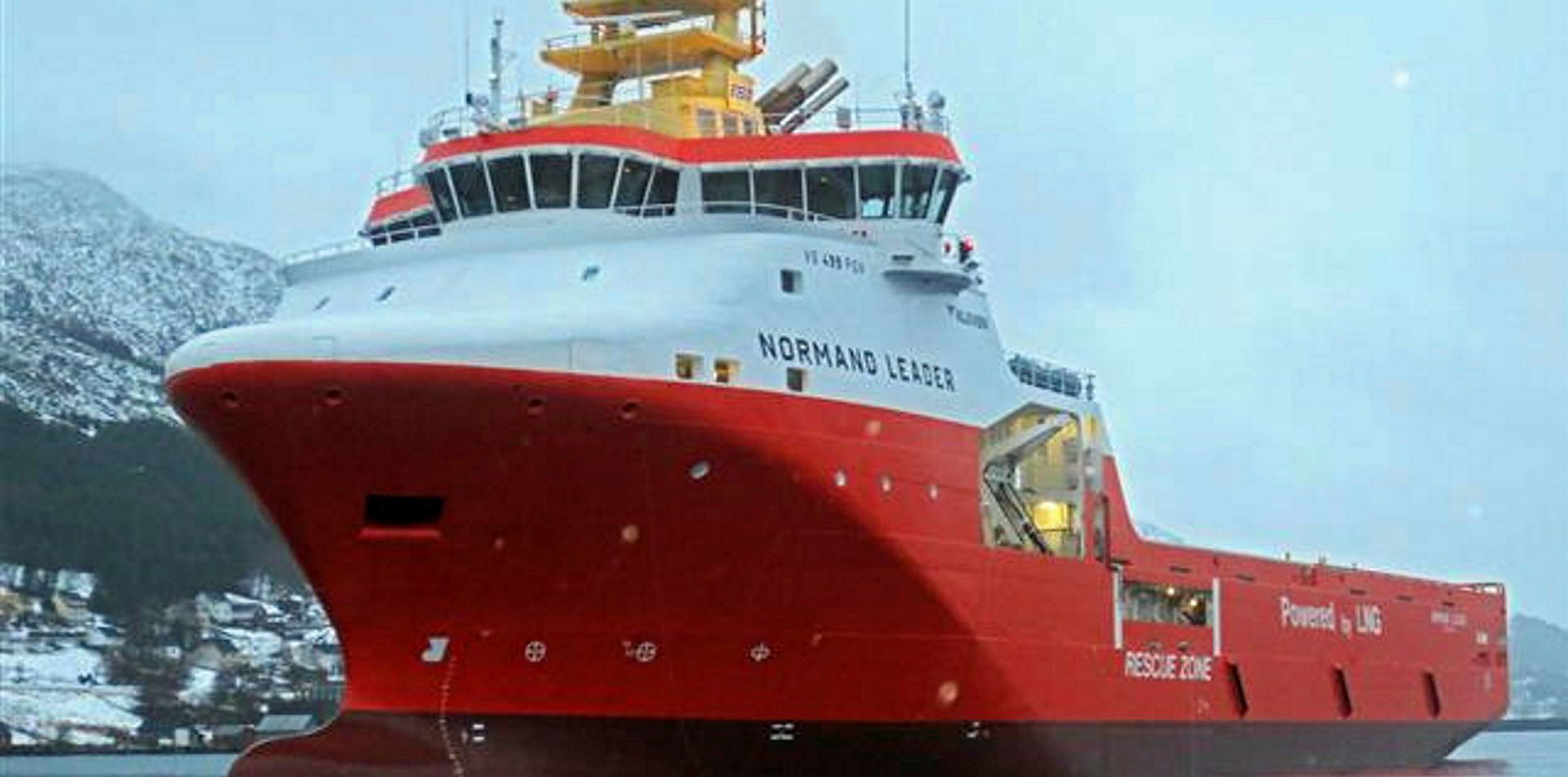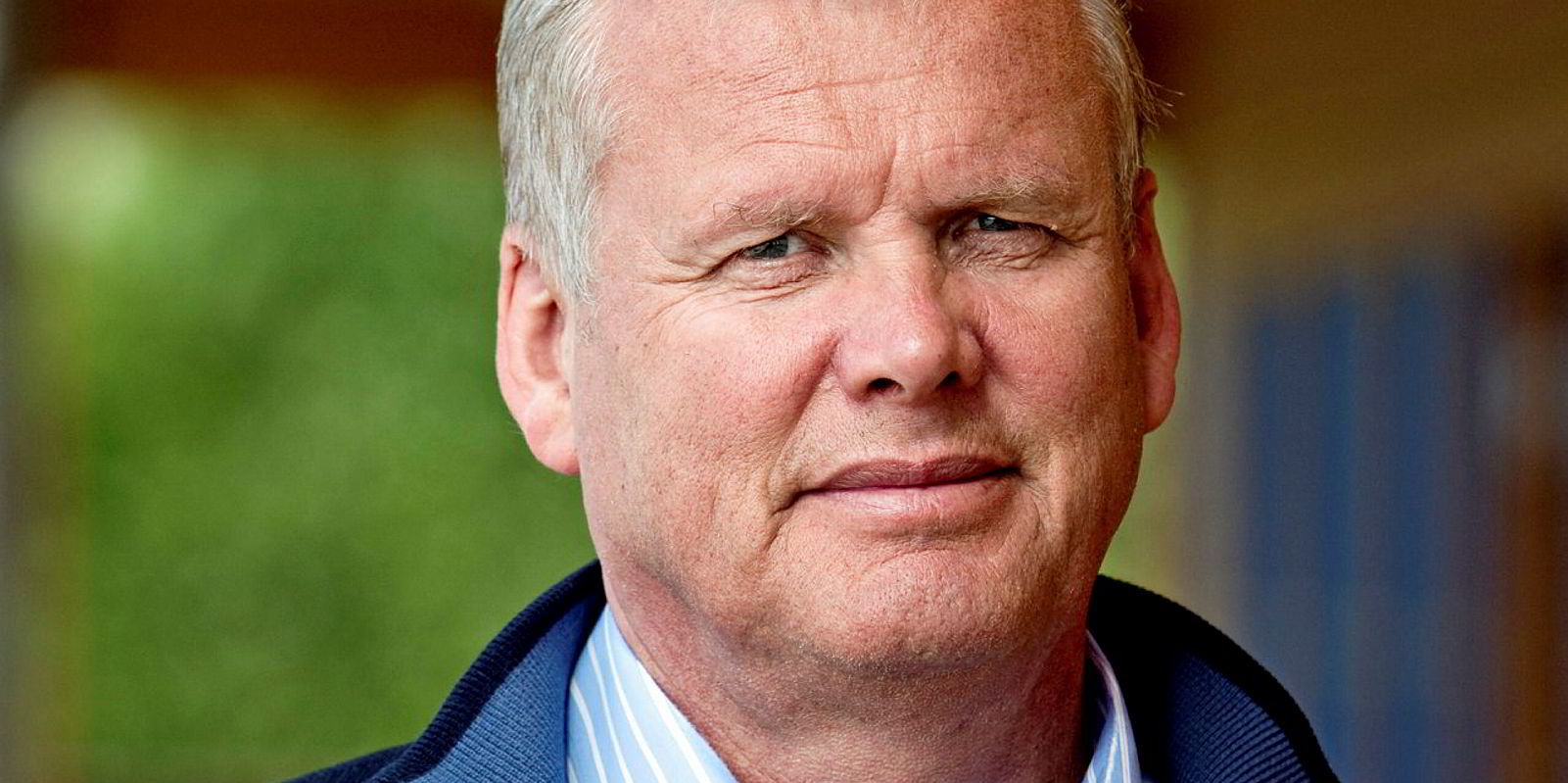The offshore support vessel (OSV) sector must beware "over-zealous" ship valuations as owners try to restructure in the current crisis.
That is the message from VesselsValue head of offshore Rob Day.
This year has brought an oil price plunge and the coronavirus outbreak, curtailing demand in the North Sea and elsewhere.
Many OSV players have tried to secure new refinancing deals, pushed loan maturities out or sought emergency funding in recent weeks.
"How long this current economic scenario will last is unknown, but what is known, is the offshore industry is in retraction and the outlook will be extremely testing for everyone from oil majors to small service providers and those in between," Day said.
"All signs points to another period of restructuring, forced vessel sales, mergers and consolidations and therefore declining asset values."
He added: "As always with periods of austerity, accurate and data-driven valuations are critical to keep the market moving forward and prevent it from making the same mistakes of the past."
PSVs spot rates in the North Sea have been as low as £3,250 ($4,000) per day this month, according to Norwegian broker Westshore. Utilisation is at 61%.
Layups increase again
The sector has seen a spate of vessels entering layup in recent weeks as a result.
Westshore reported another four joining the stacked list this month, including two Hermitage Offshore Services ships and a Dof ship.
This compares to just one PSV moving out of layup.
Day called the last five years "one of the longest and most challenging downturns the offshore industry has ever experienced."
Since the oil price drop of 2014 and 2015, the sector has plagued by bankruptcies, consolidations, takeover and mergers, forced fleet sales and most importantly a significant decrease in asset values.
VesselsValue has always adopted a conservative approach in terms of offshore asset values, compared to other players, Day said.
In January 2019, Norwegian OSV giant Solstad Offshore was requested to revalue their fleet by Norwegian financial authority Finanstilsynet.
At that time, VV estimated the value of a five-year-old large platform supply vessel (PSV) at $13.7m, down almost 22% year-to-date from $17.5m. Other valuers went 20% higher.
In the months that followed, rival valuations were at between $16m to $19m, against VV's assessment of $13.5m to $14.1m.
"There were very few transactions within the market during this period to support such an aggressive increase," Day said.
"However, the market was seeing some positivity, both a stable and relatively high oil price, vessel rates increasing, layup figures decreasing, and a handful of ships sold for demolition."
Not as good as they thought
"2019 was not a bad year for the offshore industry," Day said. But he added that based on its data and valuations, the "market was not experiencing the upturn others believed."
Solstad Offshore has this month agreed a restructuring deal that will see banks take over the company.
This is "an important milestone for the sector," Day said. VV values the fleet at $1.48bn.
A condition of Solstad's restructuring deal is they must remove 37 vessels.
Although the exact vessels to be sold are not yet known, it will most likely be the laid-up, older smaller units, Day said.
VV has identified 34 ships that have not signalled on AIS for a week or more, suggesting they are idle or in layup.
It said these could represent a large portion of the possible 37 sales candidates.
"If Solstad were to remove all the 34 outlined vessels from their fleet, the new VesselsValue fleet value would be $1.36bn," Day added.






